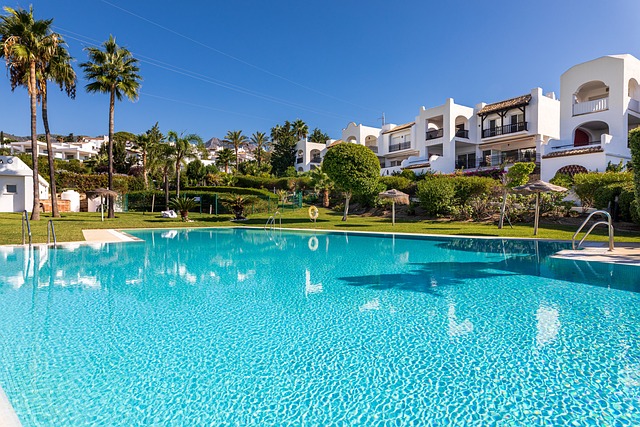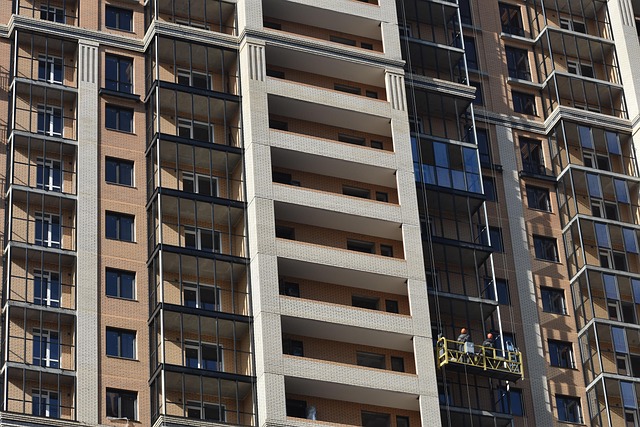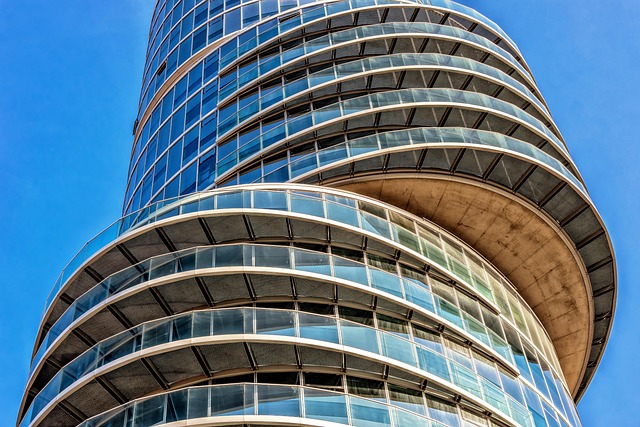
Sustainable Real Estate Investing: A Guide to Eco-Friendly Properties
In recent years, the conversation around sustainability has gained significant traction, reaching various sectors, including the world of real estate. Sustainable real estate investing focuses on properties that are designed, built, or renovated with eco-friendly principles in mind. This approach not only addresses environmental concerns but also responds to a growing demand from consumers for greener living spaces. In this guide, we’ll explore the fundamental concepts of sustainable real estate investing, its benefits, and what to consider when investing in eco-friendly properties.
Understanding Sustainable Real Estate
Sustainable real estate refers to properties that prioritize environmental stewardship, social equity, and economic viability. These properties often incorporate sustainable building materials, energy-efficient systems, and environmentally friendly design principles. At its core, sustainable real estate aims to reduce the carbon footprint associated with housing and commercial developments. This can include everything from utilizing renewable energy sources to implementing water-saving fixtures and sustainable landscaping.
Key Features of Eco-Friendly Properties
When considering an investment in sustainable real estate, it’s essential to understand what makes a property eco-friendly. Here are some key features to look for:
Energy Efficiency
Energy-efficient properties help reduce energy consumption through various means, including high-quality insulation, energy-efficient windows, and the use of renewable energy sources such as solar panels. These buildings typically have lower utility bills, an attractive feature for potential tenants or buyers.
Water Conservation
Properties that promote water conservation often include features like low-flow fixtures, rainwater harvesting systems, and drought-resistant landscaping. These measures not only save water but can also lead to significant cost savings over time.
Use of Sustainable Materials
Eco-friendly properties often utilize building materials sourced sustainably, which may include reclaimed wood, bamboo, recycled metal, and non-toxic paints and finishes. These materials reduce the environmental impact of the construction process and promote healthier indoor air quality.
Indoor Environmental Quality
Good indoor air quality is critical in eco-friendly properties. Features that enhance indoor environmental quality include proper ventilation systems, non-toxic materials, and innovative designs that maximize natural light, contributing to a healthier living and working environment.
Benefits of Sustainable Real Estate Investing
Investing in sustainable real estate brings numerous advantages, both for the investor and the broader community. Understanding these benefits can help you make an informed decision:
Financial Incentives
Many governments and local authorities offer financial incentives for green building projects, including grants, tax credits, and reduced property taxes. These can significantly enhance the financial returns on your investment.
Increased Property Value
As consumer awareness about climate change and sustainability grows, properties that boast sustainable features often see increased demand. This heightened interest can translate into higher property values and rental prices.
Market Resilience
Sustainable properties tend to perform better during economic downturns. With the rising emphasis on eco-friendliness, investors are increasingly gravitating towards green buildings, further solidifying their market stability.
Positive Environmental Impact
Investing in sustainable real estate allows you to contribute positively to environmental conservation. By reducing energy consumption and promoting sustainability, you play a critical role in combating climate change and preserving natural resources for future generations.
Challenges in Sustainable Real Estate Investing
While the benefits of investing in eco-friendly properties are substantial, there are also challenges that investors may face. Awareness of these obstacles can assist in strategic planning:
Higher Initial Costs
The upfront costs associated with sustainable real estate investing can be higher than traditional properties. This can include expenses for green technology, sustainable materials, and specialized labor. However, many of these costs can be offset by energy savings and government incentives over time.
Regulatory Hurdles
Understanding local building codes and regulations concerning sustainability can be complicated. It is essential to conduct thorough research and possibly consult with experts to navigate the compliance processes.
Market Understanding
If you are new to sustainable real estate, understanding the market dynamics can be challenging. This may involve grasping evolving consumer preferences and the specific factors that affect the value of eco-friendly properties.
Steps to Start Investing in Sustainable Real Estate
Starting your journey in sustainable real estate investing requires a strategic approach. Here are some steps to consider:
Research and Education
Begin by educating yourself on sustainable building practices, eco-friendly materials, and energy-efficient technologies. Understanding the different certifications, such as LEED (Leadership in Energy and Environmental Design) or Energy Star, will also equip you with valuable knowledge.
Identify Your Investment Strategy
Are you looking to invest in residential or commercial properties? Will you focus on new constructions or renovations? Clarifying your investment strategy will set the foundation for your endeavors.
Network with Experts
Connecting with individuals in the sustainable real estate field, including architects, builders, and other investors, will provide insights and resources to enhance your understanding of the market.
Perform Due Diligence
When considering a property, conduct thorough due diligence—this includes evaluating its environmental sustainability claims, assessing financial performance, and understanding the local market for eco-friendly properties.
Consider Financing Options
Investigate different financing options available specifically for sustainable projects. Some lenders offer favorable terms for eco-friendly properties, which can be advantageous.
Future of Sustainable Real Estate
The trend towards sustainable real estate investment is expected to grow significantly in the coming years. Consumers are increasingly seeking homes and businesses that align with their environmental values. Furthermore, more builders are integrating sustainability into their designs, and new technologies are continuously emerging to facilitate eco-friendliness in construction and property management.
In addition, government initiatives aimed at combating climate change are likely to encourage and incentivize sustainable real estate development and retrofitting existing structures. As a result, sustainable real estate investing not only promises individual financial returns but also contributes to a larger societal purpose.
Conclusion
Sustainable real estate investing presents a unique opportunity for investors who are interested in generating long-term returns while contributing to environmental conservation. By understanding the key features of eco-friendly properties, recognizing the benefits and challenges of this investment type, and taking the necessary steps to navigate the market, investors can find success in this growing field.
As awareness around sustainability continues to rise, now is an opportune moment to consider eco-friendly properties. Whether you are seeking to align your investments with your values or looking for more resilient financial strategies, sustainable real estate investing is a rewarding venture worth exploring.


